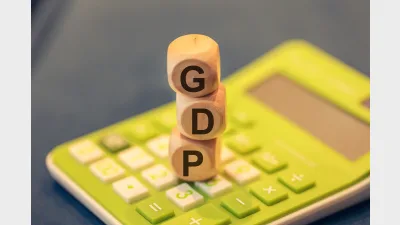Emerging markets corporate debt story holds surprises


Building on improvements to credit risk and liquidity, emerging market (EM) corporate debt can offer investors returns comparable to hard currency debt with less volatility.
That's according to Guillermo Osses, managing director, head of emerging market debt portfolio management for HSBC Global Asset Management, who said that as the spreads on EM sovereigns continue to contract, more investors will push into the corporate end of the sovereign debt spectrum.
According to Osses, the best future-risk-adjusted returns are starting to be found among a growing segment of companies - particularly those in Latin America and central and eastern Europe - which have been encouraged into the external debt market by the fact that sovereigns are issuing less hard currency.
In terms of the stability of returns, Osses said external sovereign debt has had an annualised volatility over the past year that has ranged between 5 and 7 per cent, followed by EM corporate debt (6 to 9 per cent) and EM local bonds (10 to 15 per cent).
"Our view is that when you factor in the correlations between the three of them, an investor should have a bigger allocation to external debt sovereigns and corporate than to local currency-denominated debt, simply because you want to get very similar returns with lower volatility."
Osses said although liquidity and credit risk concerns plagued emerging corporate debt a decade ago, the balance sheets of most emerging market countries today were extremely strong.
"EM companies over the course of the last 15 years went from being bankrupt in the late 1990s to some of the biggest creditors to the rest of the world," he said.
Recommended for you
Economic growth was weaker than expected, once again highlighting an economy largely sustained by population growth and government spending.
In this latest edition, Anna Shelley, CIO at AMP, shares the fund’s approach to current market conditions and where it continues to uncover key opportunities.
The mega fund has announced a $2.2 billion investment in a leading data centre platform, bringing its global real assets portfolio to nearly $60 billion.
In this latest edition, Australian Retirement Trust’s head of global real assets Michael Weaver explains the fund’s approach to finding new opportunities as it surpasses $300 billion in funds under management.













